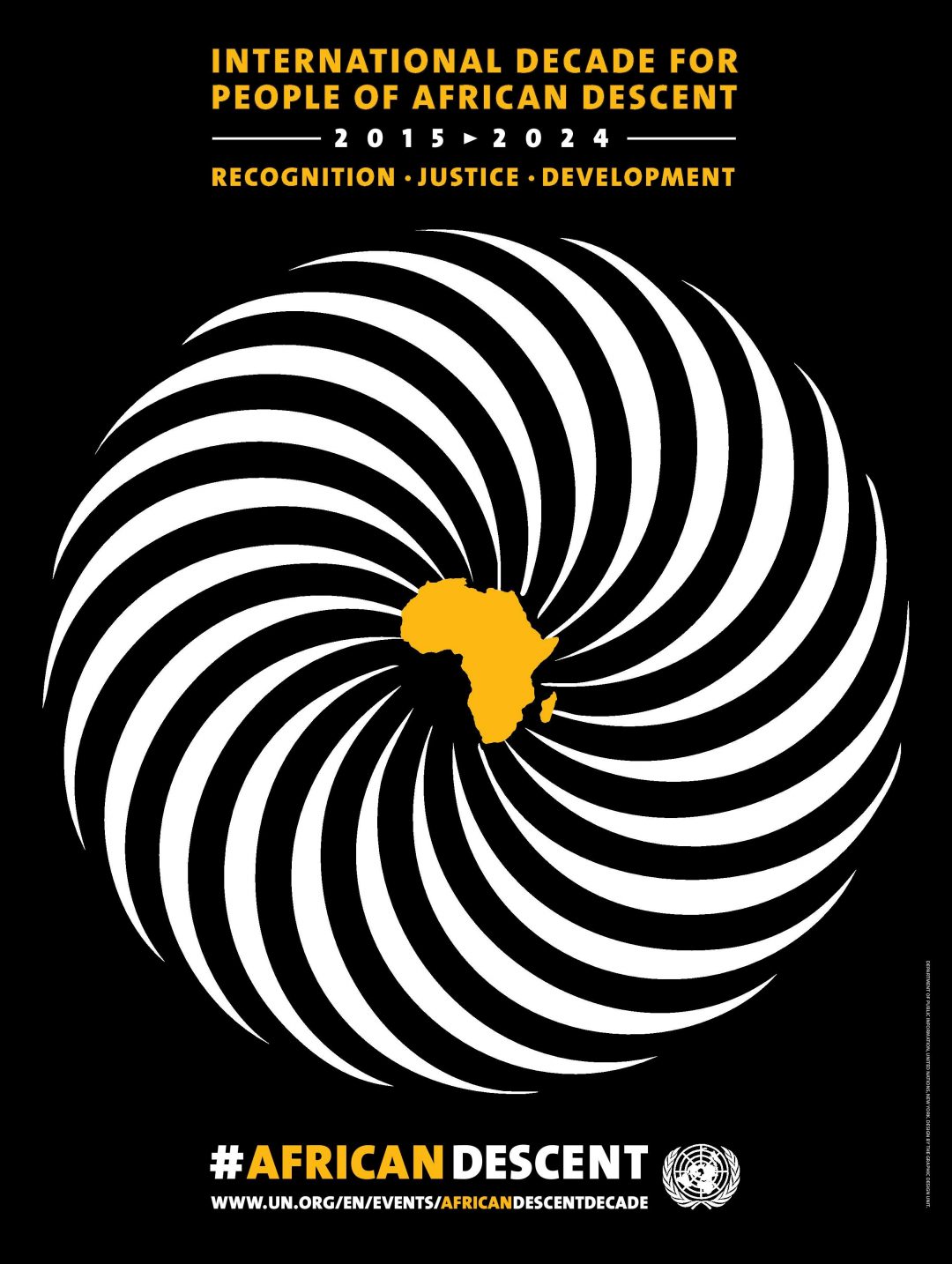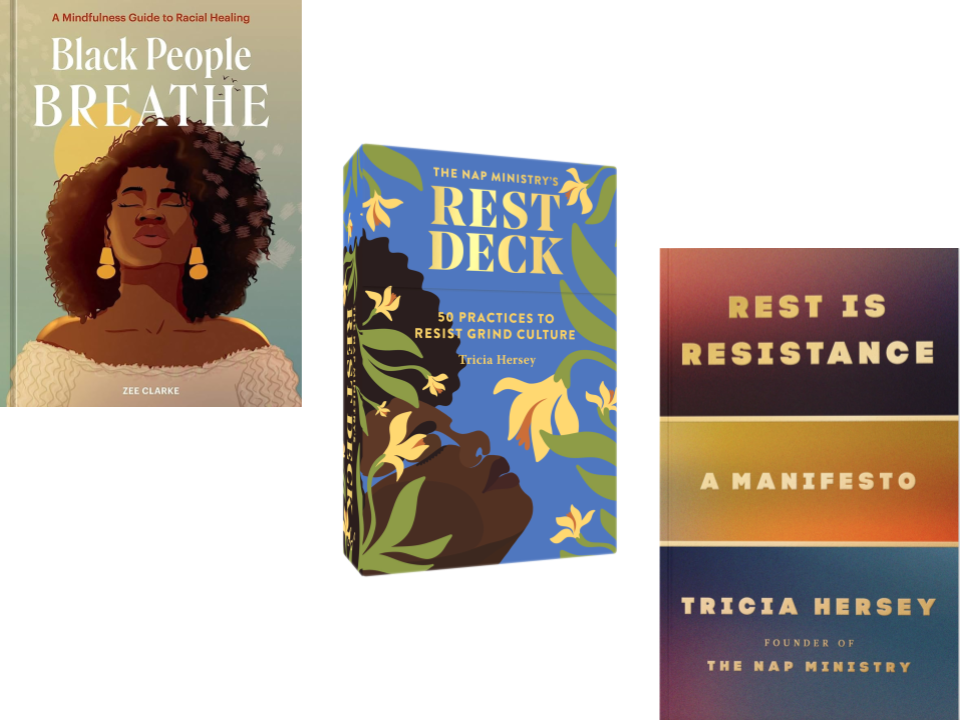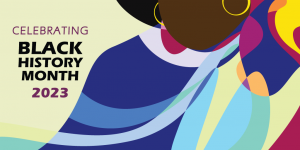In recent years, there has been a growing recognition of the importance of anti-oppressive practices in elementary education in Ontario. Anti-oppressive education aims to dismantle systemic barriers and address inequities within the education system. This reflection explores the significance of implementing anti-oppressive practices in elementary education in Ontario, highlighting the impact on students, educators, and the broader society.
In Ontario, as in many other regions, elementary education has not been immune to the effects of systemic oppression. “Historically, marginalized groups, such as Indigenous peoples, racial minorities, individuals with disabilities, and those of lower socioeconomic status, have faced discrimination and inequitable treatment within the education system” (Ontario Human Rights Commission, 2006). Such oppression can manifest in various forms, including biased curricula, discriminatory discipline practices, and a lack of diverse representation among
educators and staff, to name a few.
“Students who experience oppression in the education system may suffer from lower self-esteem, reduced academic achievement, and disengagement from learning” (Tuck & Yang, 2012). “Moreover, perpetuating oppressive practices can perpetuate cycles of poverty and marginalization, deepening social disparities and hindering social progress” (Freire, 1970). As educators, understanding and incorporating anti-oppressive practices in our praxis is crucial to disrupting and dismantling the many fibres of anti-oppression prevalent in the euro-centric teaching spaces we often occupy.
The Role of Anti-Oppressive Practices
Anti-oppressive practices are essential in elementary education to counter the adverse effects of oppression and create inclusive, empowering learning environments. “By integrating anti-oppressive principles into teaching strategies and curriculum development, educators can actively challenge stereotypes, promote diversity, and foster empathy and respect for all students” (Ontario Ministry of Education, 2021).” Adopting inclusive teaching methods, which acknowledge and accommodate diverse learning needs, can also enhance student engagement and success” (Zhang & Carrington, 2019).
For example, using the seven competencies of the anti-oppressive framework as examined by ETFO, when educators are intentional about addressing biases, centring marginalized voices, challenging power & privilege, building inclusive communities, embedding intersectionalities to mobilize systemic change while connecting issues of mental health, learning environments that foster belonging, questioning, curiosity, and the ability to engage in meaningful uncomfortable is created for students, educators, and all staff. It truly creates a community where transformation can occur.
“Anti-oppressive practices encourage critical thinking and dialogue about social justice issues, helping students become active and informed citizens who can advocate for equality and fairness” (Shor, 1992). By challenging the status quo, educators play a pivotal role in shaping a generation of individuals who can create positive transformational societal change.
Learning as Educators
To effectively implement anti-oppressive practices, collaborative learning opportunities and dialogues with diverse colleagues can foster a deeper understanding of different perspectives and experiences. Anti-oppressive practices involve not only what is taught but also how the learning environment is structured. Schools must intentionally foster safe and inclusive spaces for all students, regardless of their background. “This may involve adopting restorative justice practices instead of punitive measures, implementing equity-focused policies, and providing necessary resources to support the diverse needs of students” (Ontario Ministry of Education, 2020). Implementing anti-oppressive practices requires support from the broader educational system, including school boards, administrators, and policymakers.
Incorporating anti-oppressive practices in elementary education also requires collaboration with families and communities.” Engaging parents and caregivers in meaningful partnerships can provide insights into students’ unique needs and strengths, promoting a holistic approach to education” (Epstein, 2001). Building relationships with community organizations can also expand opportunities for students to connect with their cultural heritage and engage in real-world learning experiences. To achieve this goal, ongoing professional development for educators, support from the educational system, and collaboration with families and communities are all indispensable components.
“By acknowledging and addressing systemic barriers, the education system can create a more equitable platform for students and educators. This may involve reviewing and revising curriculum standards to be more inclusive and culturally relevant” (Ladson-Billings, 1995). As an educator, engaging in curriculum audits to ensure that I am reflecting my students’ experiences (as a mirror) and facilitating learning of the experiences of many others outside of my student’s communities/identities (as a window) empowers all students as they develop their understanding of themselves as global citizens. As educators, understanding and incorporating anti-oppressive practices in our praxis is crucial to disrupting and dismantling the many fibres of anti-oppression prevalent in the euro-centric teaching spaces we often occupy.
An Anti-Oppressive Framework
More work still needs to be done in incorporating an anti-oppressive framework and utilizing anti-oppressive practices in Ontario (and in all of Canada) schools. Implementing anti-oppressive practices in elementary education in Ontario is essential for fostering inclusive, empowering, and transformative learning environments. By challenging systemic oppression, educators can cultivate critical thinking, empathy, and social awareness among students, shaping them into active participants in creating a more just and equitable
society.
Check out ETFO’s Anti-Oppressive Framework: A Primer which “provides an entry point for all learners and an opportunity for critical engagement, understanding and action planning on anti-racist education, anti-oppressive practices and equity initiatives” (ETFO, 2021).
References:
Elementary Teachers’ Federation of Ontario. (2021). Anti-Oppressive Framework: A Primer. Retrieved from https://www.etfo.ca/news-publications/publications/anti-oppressive-framework-a-primer
Epstein, J. L. (2001). School, family, and community partnerships: Preparing educators and
improving schools. Westview Press.
Freire, P. (1970). Pedagogy of the oppressed. Continuum.
Ladson-Billings, G. (1995). Toward a theory of culturally relevant pedagogy. American Educational
Research Journal, 32(3), 465-491.
Ontario Human Rights Commission. (2006). Human rights and school boards: Obligations to address
racism and discrimination. Retrieved from
https://ohrc.on.ca/en/human-rights-and-school-boards-obligations-address-racism-and-discrimi nation
Ontario Ministry of Education. (2020). Education for all: A guide to effective implementation.
Retrieved from
http://www.edu.gov.on.ca/eng/general/elemsec/speced/Guide_to_Effective_Implementation_E N.pdf
Ontario Ministry of Education. (2021). Anti-racism in education: A resource guide for Ontario
schools. Retrieved from http://www.edu.gov.on.ca/eng/policyfunding/equity.pdf
Shor, I. (1992). Empowering education: Critical teaching for social change. University of Chicago
Press.
Tuck, E., & Yang, K. W. (2012). Decolonization is not a metaphor. Decolonization: Indigeneity,
Education & Society, 1(1), 1–40.
Webb, J., Schirato, T., & Danaher, G. (2002). Understanding Bourdieu. Sage.
Zhang, L. F., & Carrington, S. (2019). Inclusive teaching in action: Supporting teachers and
pupils in mainstream classrooms. Routledge.




